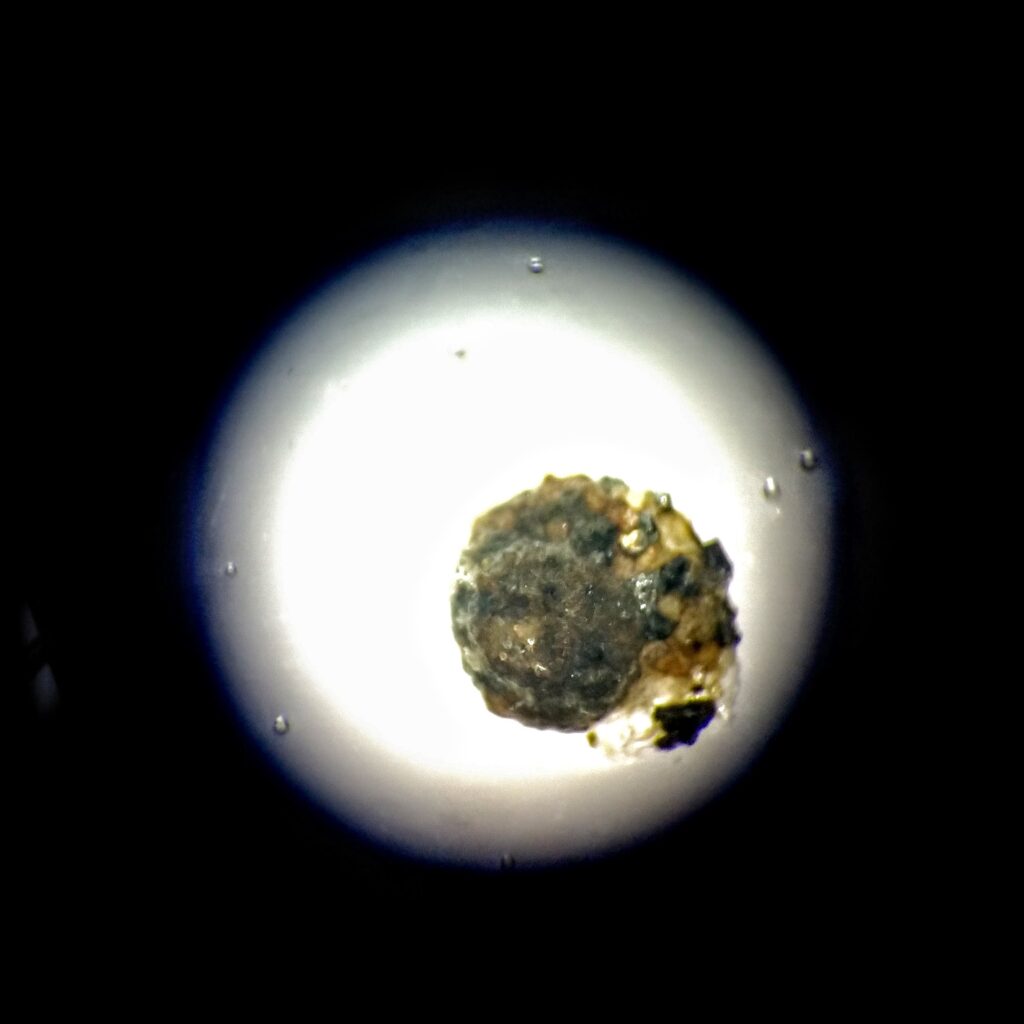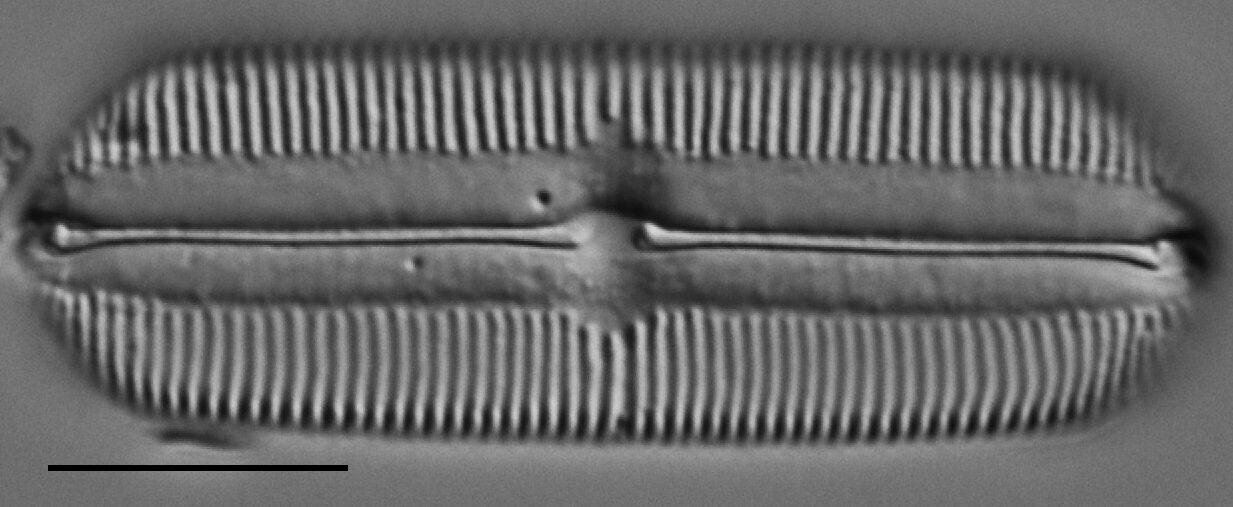As we look back on the summer, we are so proud of the independent projects that Sarah and Sally have completed. They support the ongoing work of the Watershed Program while also creating an independent project that is tailored to their interests. This year’s co-ops, Sally Ehlers and Sarah Barker, have done an incredible job designing, implementing, and summarizing their independent projects!
Sally Ehlers’ Independent Project Summary:
WCT’s Watershed Team has been sampling benthic macroinvertebrates (bottom-dwelling visible animals with no backbone) at ten sites annually since 2018, except for 2020. These critters are informative indicators of stream health because of their varying abilities to tolerate environmental changes and stress. With Stroud Water Research Center’s help, we calculated the Macroinvertebrate Aggregated Index for Streams (MAIS) for each sample site. This index combines several types of data into a single score that classifies stream health as “Good,” “Fair,” or “Poor.” On average, most sample sites are moderately impacted, with “Fair” health. However, there are changes in MAIS scores over time that may be linked to intense rainfall patterns, as recorded by USGS gauges and our EnviroDIY sensors. Heavy rain abruptly increases streamflow which changes the stream habitats where benthic macroinvertebrates live. For a more detailed look into this project, check out our upcoming blog.

Sarah Barker’s Independent Project Summary:
Diatoms are microscopic algae that photosynthesize. Globally, they produce 20 – 40% of Earth’s available oxygen and form the foundation of the food chain in most freshwater ecosystems, especially streams.
The purpose of my project was to survey the diatom communities living on rocks and aquatic plants from five different sites along Ridley Creek and create a “baseline” to track changes to the aquatic diatom communities. In addition to collecting and analyzing samples, I analyzed historic Ridley Creek samples from the Academy of Natural Sciences. Comparing current and historic samples provides insight into the influence of human activity on these communities and how changes in land use can influence the health of diatoms and our waterways as a whole.
I found current samples were significantly more diverse than historic samples. In addition, the species present in the current samples were almost completely different from the historic samples. These findings indicate a dramatic change in water quality, most likely for the better! Restoration and conservation efforts in the Ridley Creek watershed have resulted in healthier and more robust diatom communities ready to power local aquatic ecosystems.


